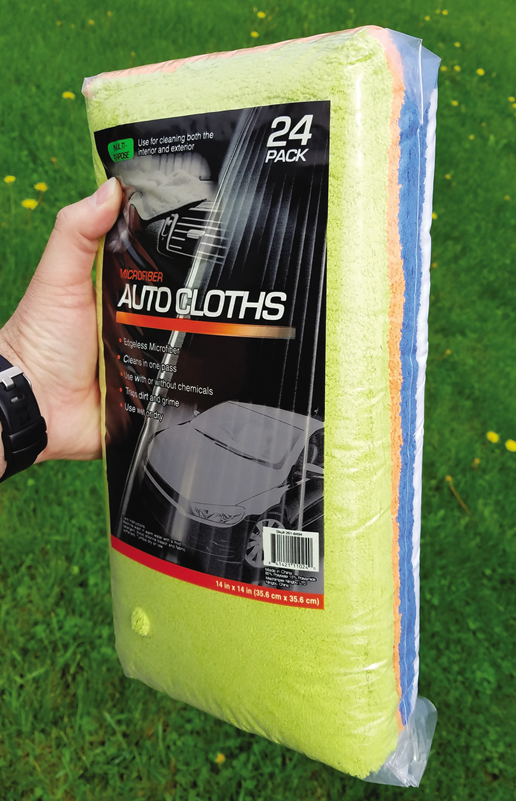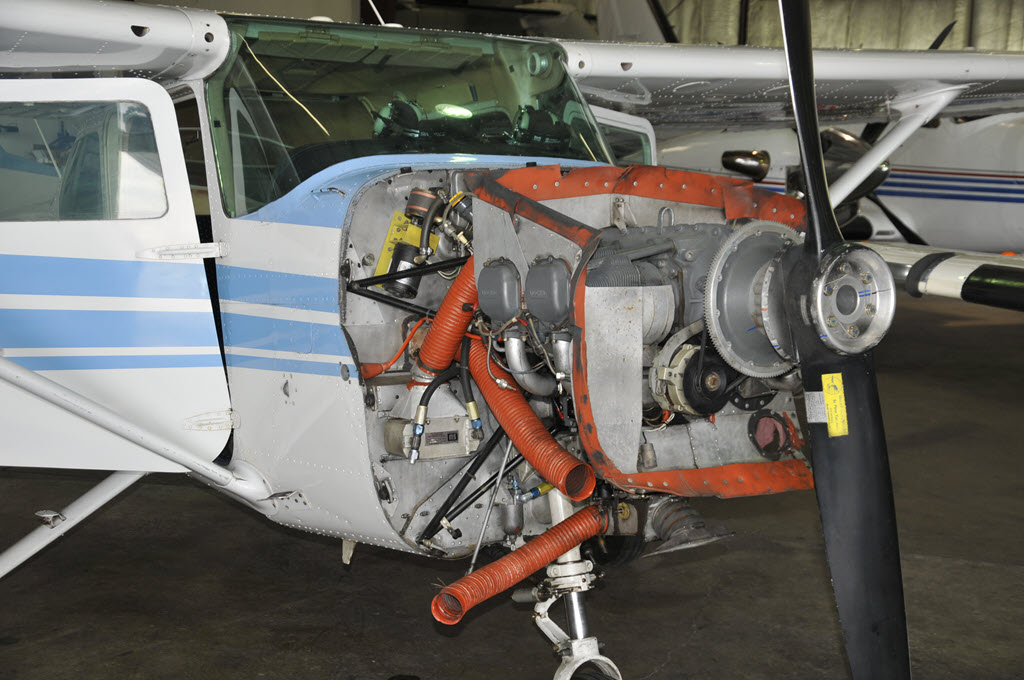By Erich Rempert
A&P/IA Consultant
An often-overlooked, easy, cheap, and sometimes miracle-working maintenance item is cleaning the Cessna fuel injectors on your fuel-injected engine. Many owner/pilots do not know that the fuel injectors (nozzles) on their engines can and should be cleaned at regular intervals. Not only can the holes that allow the fuel to pass through become reduced in size due to gum and varnish, more importantly, the aerator screens that help emulsify the fuel by mixing it with air can become obstructed and drastically degrade the spray pattern and atomization of fuel entering the cylinder.
Best Way to Clean Cessna Fuel Injectors
The most effective way to clean the injectors is to remove them from the engine (paying attention to their locations, as some injectors are specific to their cylinders, like GAMIjectors) and either ultrasonically cleaning them or soaking them in gun cleaner, like Hoppe’s #9. While blowing air through them to clear the cleaner is fine, you should never stick any object into the injector to clear it, as that will result in damage. When the injector is clean, you can hold it up to a bright light and easily see a nice, perfectly round point of light shining through the injector. They will also be brilliantly bright in color, looking brand-new, indicating that every nook and cranny is “eat off it” clean!
The proper torque value for the injectors should be observed to avoid stripping the aluminum cylinder head or brass injector; this can be found in the engine overhaul manual. Be very careful not to unduly bend, kink, or disturb the fuel injection lines running from the flow divider to each injector. Some Lycoming engines will require the accomplishment of an AD, requiring visual inspection of the lines after their removal, but that should only take about 5 minutes to do, and should be part of the job anyway.
I have seen cleaning injectors balance EGTs and CHTs that have over time become unbalanced, cure rough-running engines, and reduce fuel burn while restoring lost power. GAMI recommends ultrasonically cleaning or use of Hoppe’s #9 to clean the injectors every 100 hours of operation in its Instructions for continued airworthiness. I clean mine at every annual, as I don’t reach 100 hours a year on my airplane, or if I detect roughness or a change in cylinder-to-cylinder balance on my engine monitor. You’ll need an A&P to supervise your work, look things over when you’re done, and sign a log entry for you, but it is an easy task, and even if you have to pay to have it done, shouldn’t take more than an hour. It is worth every penny!







